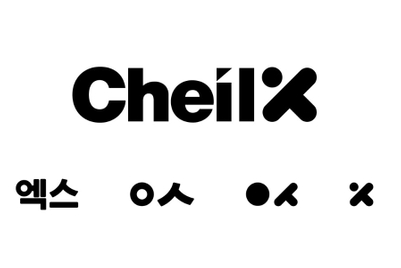
It’s become cliché to point out that all brands should be their own media company. Content is king, after all. But what about products? Can they be content, too? Consider the curious case of productising. An obvious portmanteau of advertising and product, but what does it really mean, and can it offer us anything of value?
Think of it as an innovative way for a cool product to have its own advertising impact, a combination of an ad agency’s consumer insights and the client’s brand attributes. If a conventional ad is like a voice for the brand, then the product can be animated to be seen as its behavior. Conventional ads have a message, while productising can be accepted by consumers in a different way, offering new insights into the character of the brand.
Fundamentally, productising creates something that did not exist before. People accept a new purpose or form as something creative. It depends on individual, but the reason why people need new products and how useful the new products are can be big factors. Simply put, you could have two responses. “What is this?” and “This is nice!” The first is a reaction to something new, while the second is a response to the utility.
Productising shines best when it solves problems, especially when other consumers see the result and say the equivalent of, “hey, that’s amazing, I want one too.”
For me, an ideal productising needs to say ‘yes’ to all three questions: Does it actually help? Does it help many people? Does it relate to the brand?
Now consider the case of house fires in South Korea. We see more than 10,000 of them each year and, in spite of laws requiring all homes to have fire extinguishers, more than half of households still do not. Even if they do, the unit is usually not well maintained or stored. Often, it is hidden away, forgotten, leading to the obvious question: How to bring the fire extinguisher back within reach?
It took our team 18 months to create Firevase, a new productising tool that looks like an ordinary flower vase but doubles as a fire extinguisher. It blends in with the décor, but when you throw it into a fire, it breaks open and releases potassium carbonate, which robs the fire of the oxygen it needs.
The result: 81% of respondents confirmed they were more aware of the need to have a fire extinguisher at home, and the number of households with one increased 8% nationwide. That’s 4 million Koreans newly protected in their homes. The number of Firevases distributed nationwide will reach 270,000 by the end of this year.
For the client, Samsung Fire & Marine Insurance, the utility is clear: preventing fires reduces claims and cuts loss. So the product puts out fires, helps prevent new ones, and is great advertising for the company.
Ultimately, it is consumers who will judge the value of our solution. And we can never be sure beforehand that the new product will gain traction with them or satisfy the client. However, we have to be constantly on the move as the ground beneath us shifts, doing more than just expressing our thoughts.
In other words, we have to create opportunity.
Productising does not have to set the world on fire. Even just satisfying a small number of people can be meaningful. What is truly important is to get into the habit of planning and creating something naturally. We’re not doctors, but as creatives, we can indeed save lives. Let’s do that, and change the world for the better.
Hyungkyun Oh is associate creative director of Cheil Worldwide



+(900+x+600+px)+(3).png&h=334&w=500&q=100&v=20250320&c=1)
+(900+x+600+px).jpg&h=334&w=500&q=100&v=20250320&c=1)
.jpg&h=334&w=500&q=100&v=20250320&c=1)


.jpg&h=334&w=500&q=100&v=20250320&c=1)

+(900+x+600+px).png&h=334&w=500&q=100&v=20250320&c=1)

.jpg&h=334&w=500&q=100&v=20250320&c=1)




+(900+x+600+px)+(2).jpg&h=268&w=401&q=100&v=20250320&c=1)
+(900+x+600+px)+(3).jpg&h=268&w=401&q=100&v=20250320&c=1)

+(900+x+600+px).png&h=268&w=401&q=100&v=20250320&c=1)